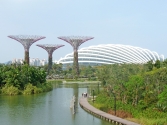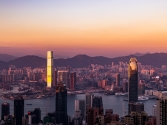Kepco tells it like it is
Q1. Could you please explain in further detail what KEPCO 2015 is about?
A1. As a strategy and plan implemented to realize our vision and core values, KEPCO announced 2015 mid-to-long term strategic business plan for growth and development by taking changes in business environment and the management philosophy of the CEO into account. This plan outlines future goals and blueprint in order to continually grow and develop the entire KEPCO Group ;
- - Business structure : KEPCO is diversifying its businesses to become a total energy group, while putting the electric business at the center.
- - Management system : KEPCO pursues a horizontal and decentralized management system to empower its business units with more managerial accountability and decision-making rights.
- - Marketing : By channeling corporate resources to secure growth engines, KEPCO seeks the highest level of customer satisfaction and a record of 480,000GWh in electricity sales. In addition, KEPCO is commercializing 22 of the world's top-level core technologies to increase sales up to 45 trillion KRW.
- - Finance : To make KEPCO financially sounder, the company stresses securing future growth engines and prioritizing an increase in corporate value. KEPCO plans to grow into one of the top 100 global companies by raising its market value to 65 trillion KRW.
- - Human resources : KEPCO will practice performance-based personnel management and nurture 10% of its employees to become globally competitive experts.
Q2. What was the major reason behind the power generation business of KEPCO being spun off into six different power generation subsidiaries?
A2. To achieve a higher efficiency of the electric power industry, Korean government decided to introduce competition by restructuring the industry. The purpose of the restructuring was to enhance benefits for customers such as reducing electricity rate and improving customer service. As it was planned for the first stage of the restructuring plan, the power generation sector was separated from KEPCO and divided into 6 generation subsidiaries on April 2, 2001. At present, power transactions are successfully handled at the Korean Power Exchange, and prices are stable in a competitive power marketplace.
Q3. How has KEPCO's multi looped transmission grid increased the efficiency of its operations?
A3. What is noticeable about Korean power grid is that major generating facilities including nuclear plants are located in the coastal region far away from Seoul and the rest of metropolitan areas in which consume 40% of the nation's electricity. In order to minimize loss caused by long distance between power generating facilities and major consuming areas, KEPCO has implemented and is currently operating multi-loop transmission grids.
Its extensive experience and leading technology allows KEPCO to maximize operational efficiency of transmission networks. Advanced monitoring and controlling systems are being applied to ensure safety of underground transmission lines in urban areas. Transmission voltages in Korea are 765kV (755c-km, as of 2006) and 345kV (8,279c-km) for trunk lines and 154kV (19,515c-km) or 66kV (496c-km) for local networks. Most of the 66kV lines have been phased out. To sufficiently meet future demand, KEPCO is now concentrating on voltage upgrade by expanding 765kV power lines.
Q4. Bearing in mind the fast rise in electricity demand, how practical is it for a power producer to opt for renewable fuels? What choices do Korea's power plants have today? Will we see KEPCO move towards the photovoltaic solar generation industry in the near future?
A4. In July 2005, KEPCO signed an agreement with the government on the supply of renewable energy. Under the agreement, KEPCO invested 106.8 billion KRW in 2006(KEPCO: 21.1 billion KRW, 6 GENCOs: 85.7 billion KRW) in the development and promotion of renewable energy such as fuel cells and solar and wind power generators. For the 3-year period of the agreement extending from 2006 and 2008, we plan to invest a total of 1,128.4 billion KRW in this area. KEPCO is working along with the government to supply 7% of the total power generation with renewable energy by 2011.
KEPCO developed a 50kW dispersed solar power generation system and a residential-use solar power generation. We also developed a medium-sized 120kW solar power system, and installed it in the Taean coal-fired power plant. KEPCO plans to accelerate the launching of solar power generation systems by developing a MW solar power generation system by 2010.
Q5. After successfully operating its electricity business in Korea, KEPCO has set its sights on overseas markets, what was behind the move to set up power generation facilities in the Philippines as well as China.
A5. Growth of electric power business in the domestic market is slowing down while competition is intensifying due to the entrance of new players like CES(Community Energy System)s and small-scale combined cycle power generators. These changes called for KEPCO's action to seek new growth engines abroad. KEPCO is highly active in overseas business. Today, we are taking full advantage of our long experience in the power sector as well as our excellent proprietary technologies to make inroads into overseas markets and gain geographical diversity in our operation.
As for our generation business, we have been operating facilities with a total capacity of 1,344MW at various locations in the Philippines since 1995, including thermal power plants in Malaya and Illijan. In 2006, we completed construction of a series of power plants in China : a CFBC(Circulated Fluidized Bed Combustion) cogeneration power plant(86MW) in Wuzhi, a windmill power plant(56MW) in inner Mongolia, and another windmill power plant(20MW) in Gansu province. As a result, KEPCO has gained a leading edge in the private power generation market in China, which is the world's largest.
Q6. KEPCO is the largest electricity utility in Korea, what can be attributed to your success?
A6. KEPCO has an ambitious vision for embracing the future. It is "to become a globally renowned electric utility, growing with our customers". This vision is composed of three core values - respecting customers, pursuing change and stressing profitability. KEPCO pours its best resources into these values.
Despite the unfavorable business environment at home and abroad, KEPCO maintains competitive tariff and world class quality electricity in terms of transmission and distribution loss factor(4.02%), the voltage and frequency regulation compliance ratio(99%) and annual blackout time(18.8minutes per household), with the total installed capacity of 65,514MW and 29,276c-km of transmission line length in 2006.
KEPCO received a credit rating of A1 Stable from Moody's, which is higher than that of Korea's sovereign rating. With new concept customer services, KEPCO has been ranked first on the Korean Customer Satisfaction Index(KCSI) among public corporations for eight consecutive years (from 1999 to 2006).


















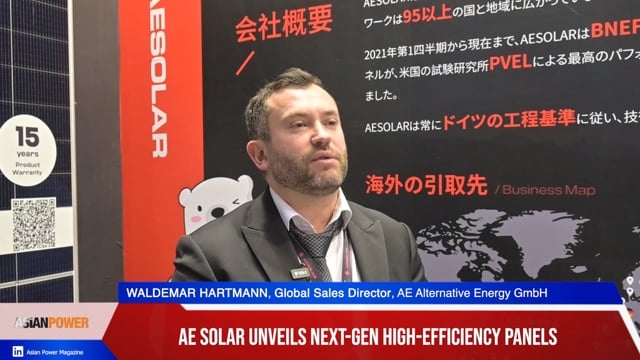
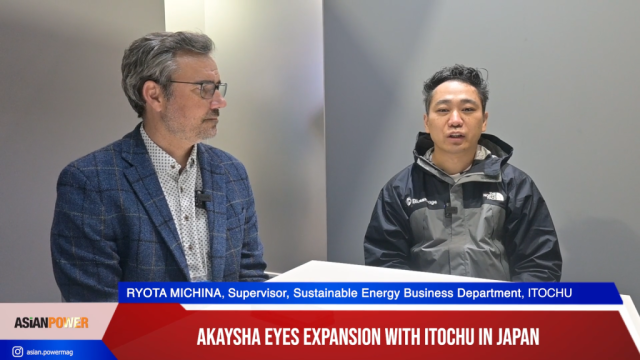
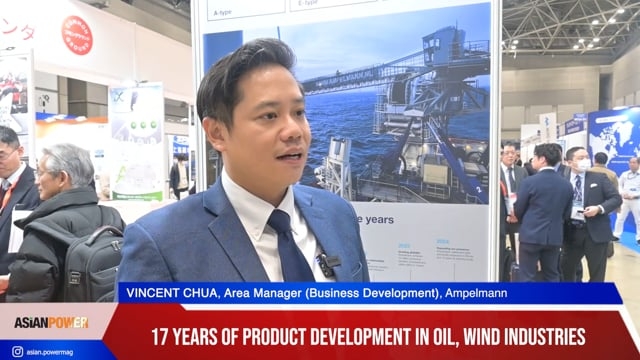
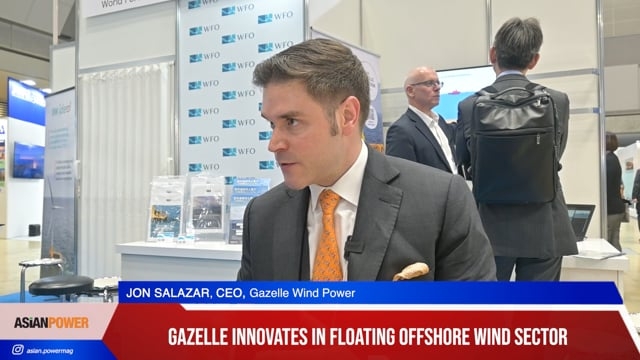

 Advertise
Advertise

